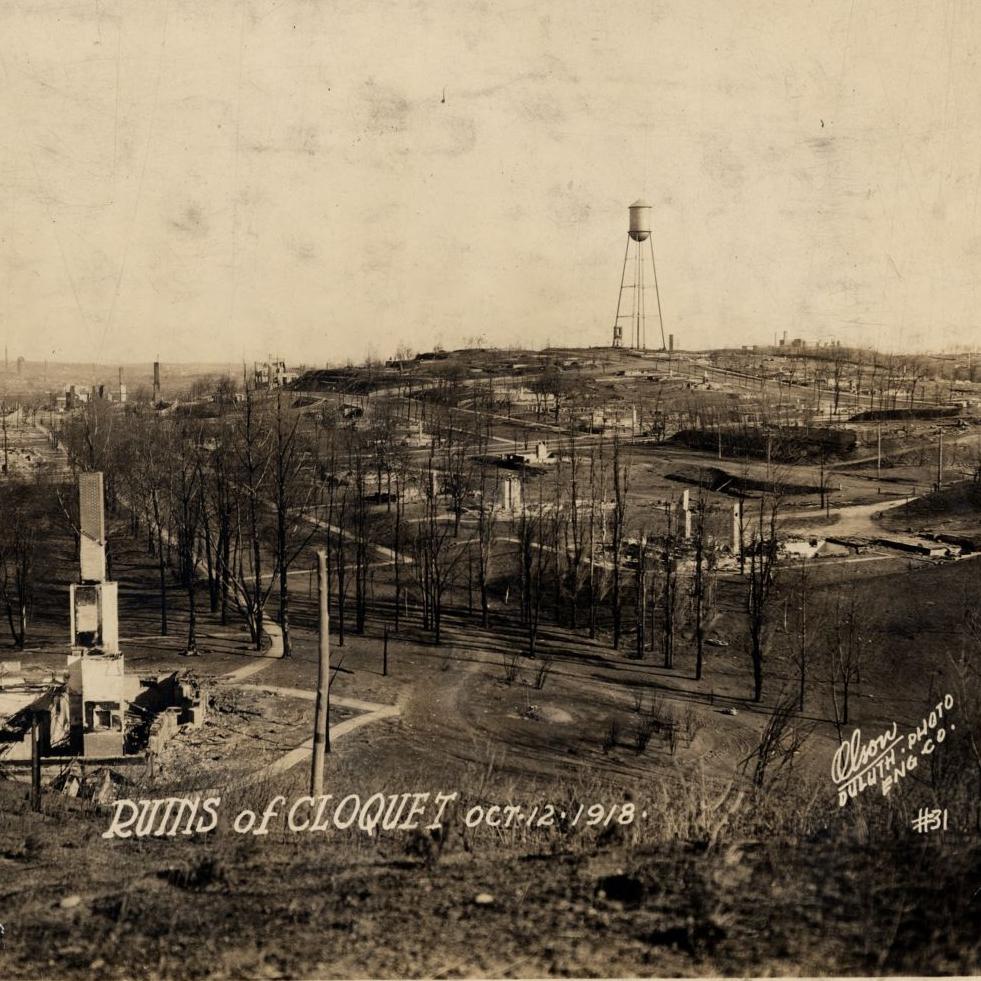by Sara Ring
Quick Summary
Twenty-seven colleges and universities have contributed content about their history to the Minnesota Digital Library (MDL). The Founding Colleges and Universities exhibit shares highlights from these rich collections of material to explore the establishment and growth of higher education in Minnesota.

Access to public and private education, including institutions of higher learning, has been an essential part of Minnesota’s culture since its territorial days in the mid-nineteenth century. People who came to Minnesota valued education.
But how did the state’s higher education institutions become established, and how did they evolve over time? What was it like to attend a college or university in that era? The Founding Colleges and Universities exhibit highlights the early development of institutions of higher education in Minnesota, exploring how they were initially funded and constructed, as well as some of the primary drivers, teachers, and leaders who contributed to their development and success. It contains information about both public and private colleges in Minnesota, including content from the first state teacher schools (Normal Schools) that grew into the present day Minnesota State University System, as well as the history of the University of Minnesota system.
It also examines what the college experience was like as a student in the late 19th and early 20th centuries, including what students did for fun and recreation, their living conditions, what college clubs and sports were popular at that time, and who was included and excluded. The last section of the exhibit focuses on the physical spaces of college campuses, including Old Mains and libraries.
Image credit: Old Main at Mankato State Normal School, Mankato, Minnesota. Contributed by University Archives and Southern Minnesota Historical Center, Memorial Library, Minnesota State University, Mankato



